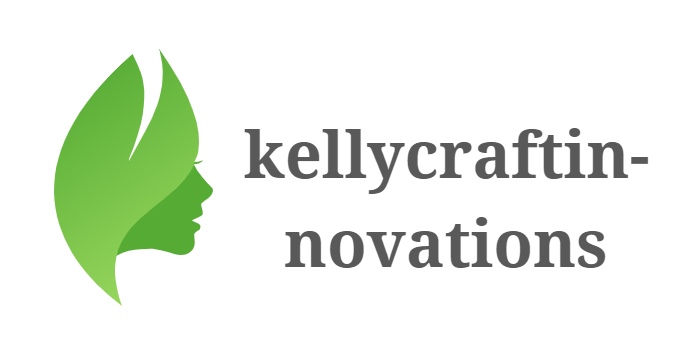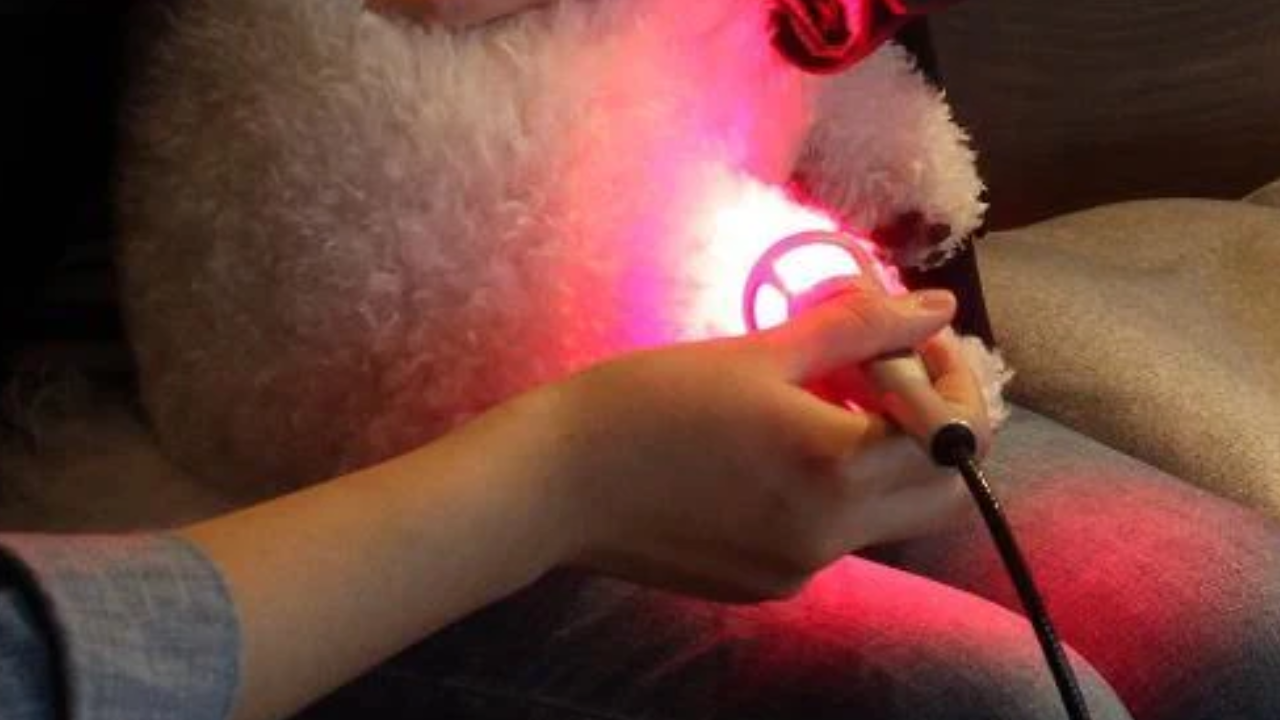The application of powerful lasers categorized as Class 4, having a power output greater than 500 milliwatts, is known as Class 4 laser treatment. Because these lasers can activate biological processes and pierce deep into tissues, they are used in a variety of medicinal applications. Class 4 laser treatment, sometimes referred to as High-Intensity Laser Therapy (HILT) or High-Power Laser Therapy (HPLT), is used in orthopedic rehabilitation, wound healing, and dermatological operations.
The elevated energy levels facilitate prompt and efficient tissue restoration, inflammation reduction, and cellular regeneration. For more knowledge about cold therapy click on the link here https://healthcaremarts.com/products/laser-treatment-for-vets. Class 4 laser treatment has shown promise in a variety of medical sectors, but due to the greater power levels of these lasers, safety measures such as appropriate eye protection and controlled use are essential to reduce any potential dangers.
How Does One Choose the Right Class 4 Laser For My Needs?
While choosing a Class 4 laser, it is important to consider certain aspects related to the planned application. Determine the goal for dermatological procedures, pain management, rehabilitation, or other uses first. Examine the laser's power output, wavelength, and delivery modes to ensure your intended therapy is compatible.
Think about the device's mobility, usability, and security features. Check that the laser complies with industry standards by looking out its regulatory approvals and certifications. Finally, to ensure maximum efficacy and safety, get advice from medical specialists or subject matter experts to learn more about the best Class 4 laser system for your particular requirements.
Applications of Class 4 Lasers Therapy
In many medical specialties, the application of Class 4 lasers for therapeutic purposes—also known as High-Intensity Laser Therapy (HILT) or High-Power Laser Therapy (HPLT)—has grown in acceptance.
Management of Pain
The treatment of both acute and chronic pain is one of the most prominent therapeutic uses for Class 4 lasers. The body's natural painkillers, endorphins, are released when the laser radiation enters the tissues and sets off a series of biochemical reactions. This mechanism, called photobiomodulation, reduces pain brought on by neuropathic pain, musculoskeletal problems, and arthritis.
Rehabilitation in Orthopedics
Orthopedic rehabilitation treatments are progressively including Class 4 lasers. They aid in the rehabilitation of musculoskeletal injuries by encouraging cellular regeneration and lowering inflammation. These lasers can be used to treat fractures, ligament injuries, and tendonitis, which will speed up the healing process and improve the general efficacy of rehabilitation exercises.
Wound Healing and Tissue Restoration
Class 4 lasers can also promote tissue repair and wound healing by stimulating cellular activity. Wounds, ulcers, and surgical incisions heal more quickly and effectively because of the laser energy's ability to increase collagen production and hasten the development of new blood vessels. This makes Class 4 lasers useful instruments for plastic surgery, dermatology, and the healing process following surgery.
Applications in Dermatology
In a variety of dermatological procedures, class 4 lasers are used to remove undesirable tattoos, pigmented lesions, and vascular lesions. These lasers are better for several cosmetic and dermatological operations because of their precision and depth of penetration, which enable targeted treatment with little harm to surrounding tissues.
Neurological Rehabilitation
In many cases, neurological disorders including stroke or traumatic brain traumas lead to decreased motor function and mobility. Rehabilitation methods use class 4 lasers to enhance brain connections and promote neuroregeneration. This can potentially improve the quality of life and motor recovery of patients receiving neurological rehabilitation.
Dental Uses
In dentistry, class 4 lasers are used for a variety of operations, such as pain relief, periodontal therapy, and soft tissue surgery. These lasers are useful instruments for dentists because of their accurate control and minimum invasiveness, which provide advantages like less bleeding, quicker healing, and increased patient comfort.
Conclusion
Class 4 laser therapy applications, provide efficient and non-invasive treatments for a range of illnesses. The medical field is changing as a result of these lasers' capacity to stimulate biological processes and encourage tissue regeneration in a variety of applications, including pain management and wound healing. Class 4 lasers are anticipated to become more and more important in improving the therapeutic choices accessible to patients and healthcare providers as research advances.


